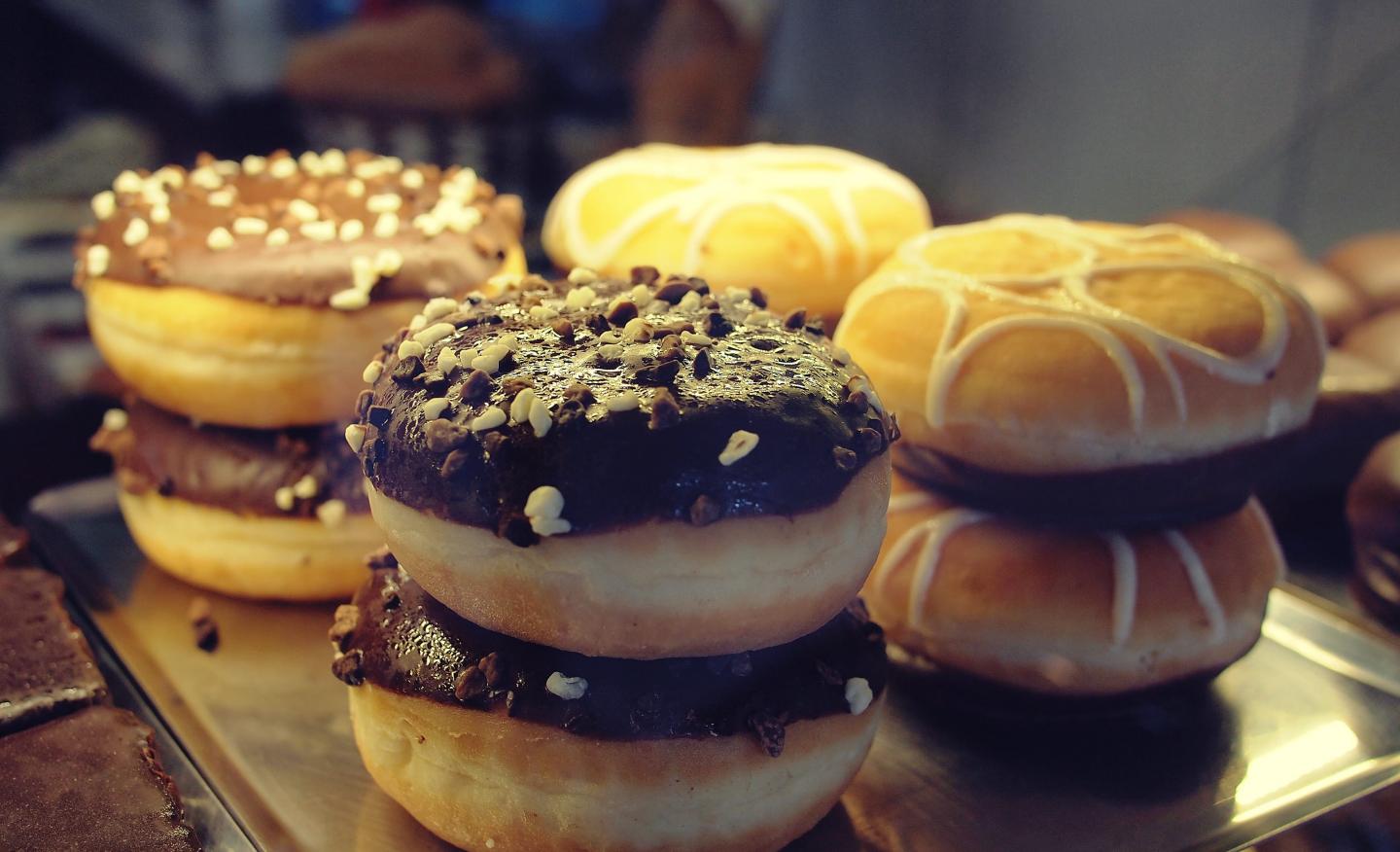New research reveals an association between pain and overweight that is independent of mechanical overload and it is probable that it involves systemic phenomena

Credit: ©URV
A research team from the Universitat Rovira i Virgili (Tarragona – Spain) has observed that following a diet rich in fats and sugars from ultra-processed foods (such as sweet rolls and pastries) for a six-week period increases the number of inflammatory molecules in the organism, which increases the excitability of the muscle nerves. This is known as musculoskeletal neurotransmission.
The experiments were carried out in male Swiss mice. One group was given a typical cafeteria diet, high in added sugars (for example, sweet rolls and pastries), and another was given a high-fat commercial diet for a period of six weeks. The researchers then calculated the intramuscular adipocytes and used electromyography to assess musculoskeletal neurotransmission, the response of the muscle nerves.
The mice who had consumed a cafeteria diet showed more adipocytes in the muscle tissue but the same cannot be said for the fat-rich diet. However, both groups showed an increase in neuromuscular transmission which lasted for several weeks after the diets had been terminated. The study concludes that a six-week hypercaloric diet in mice increases neurotransmission, which leads to the development of muscle pain. After this period, the mice quickly regained their normal weight although the neurotransmission parameters remained high for several weeks.
In Western societies, the rate of obesity and overweight is clearly increasing. Between 1975 and 2016 the rate of world obesity tripled. In 2030 more than 38% of the world’s adult population will be overweight and 20% will be obese. Obesity and overweight are regarded as an epidemic that is associated with the development of such pathologies as diabetes, cardiovascular disease, metabolic syndrome and musculoskeletal pain.
Studies indicate that there is a strong relationship between obesity and pain. Normally, the association between overweight and musculoskeletal pain has been attributed to an increase in mechanical stress caused by the extra weight that has to be supported by the weight-bearing joints. Nevertheless, that study that has just been published in the journal Nutrients “reveals an association between pain and overweight that is independent of mechanical overload and it is probable that it involves systemic phenomena of the organism” says Manel Santafe, one of the authors of the study.
###
Reference:
Gimenez-Donoso, C.; Bosque, M.; Vila, A.; Vilalta, G.; Santafe, M.M. Effects of a Fat-Rich Diet on the Spontaneous Release of Acetylcholine in the Neuromuscular Junction of Mice. Nutrients 2020, 12, 3216. Published online 2020 Oct 21.
doi: 10.3390/nu12103216
Media Contact
Manel Santafè
[email protected]
Related Journal Article
http://dx.





